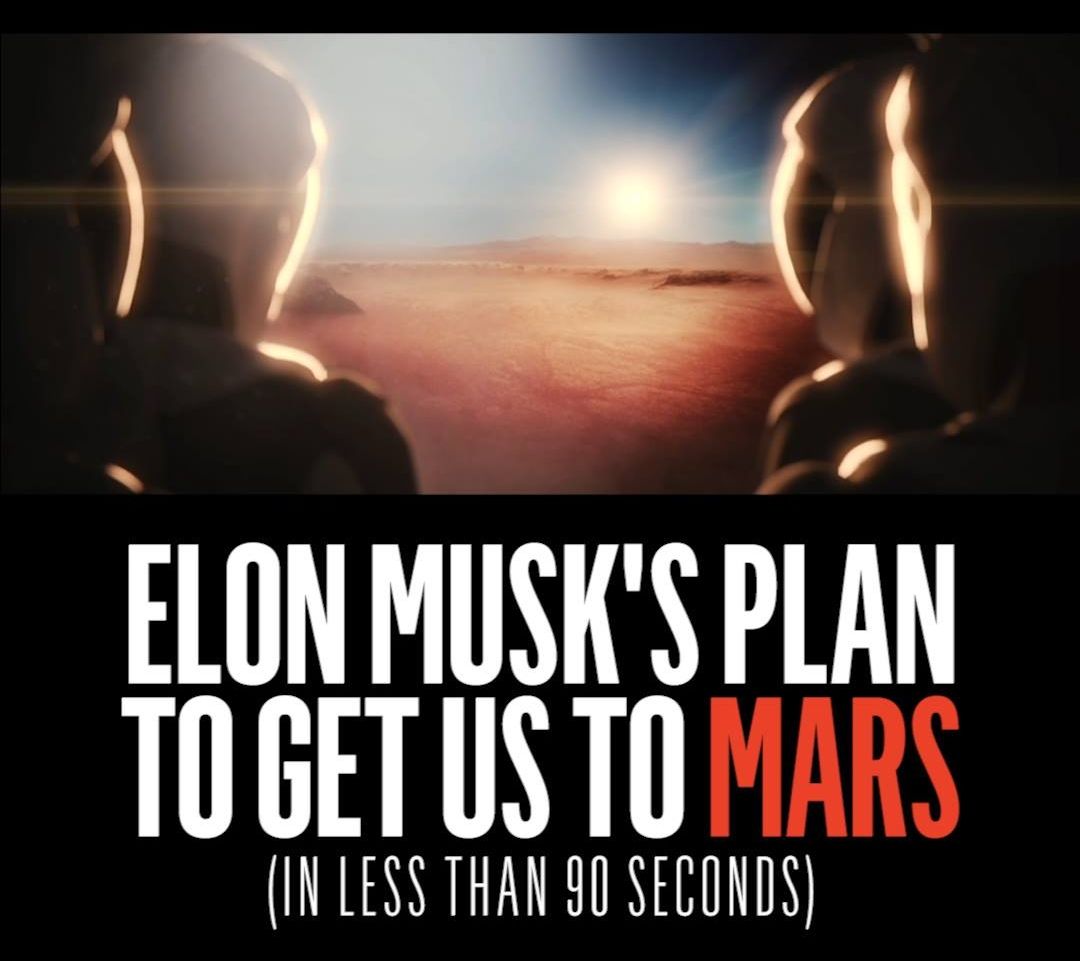Page 10921
Sep 30, 2016
First ever scalable quantum computer developed by scientists
Posted by Karen Hurst in categories: business, quantum physics, supercomputing
Scientists all around the world are working towards making the quantum computing a reality for past few years as it will bring another revolution in the world of technology. Quantam computers are thousands of times faster and way smaller than the conventional computing devices as they use photons to do computing and are also compatible with fibre optics.
A team of researchers from the University of Innsbruck in Austria claims that they have invented world’s first scalable quantum computer. Although the device is still several years behind coming to reality but still scientists consider it as a giant leap towards bringing quantum computers into people’s hands.
From hypothetical models in last decade to practical models now is promising. Former Microsoft CEO Bill Gates believes that we will make quantum computers by next decade. This promising, complex technology may soon amplify the capabilities of today’s computers, which will greatly benefit science and business organizations by helping them work faster and more efficiently. Quantum computers are next step of computers and they can solve problems with ease which are nearly impossible for computers and supercomputers of current generation.
Continue reading “First ever scalable quantum computer developed by scientists” »
Sep 30, 2016
Modern Jedi Physicists Freeze Light In Mid-Air: Bringing Quantum Computers Closer To Reality
Posted by Karen Hurst in categories: computing, particle physics, quantum physics
“It’s clear that the light is trapped — there are photons circulating around the atoms,” Everett says. “The atoms absorbed some of the trapped light, but a substantial proportion of the photons were frozen inside the atomic cloud.”
Co-researcher Geoff Campbell from ANU explained that while photons commonly pass by each other at the speed of light without any interactions, atoms interact with each other more freely.
“Corralling a crowd of photons in a cloud of ultra-cold atoms creates more opportunities for them to interact,” Campbell says.
Sep 30, 2016
Quantum research race lights up the world
Posted by Karen Hurst in categories: computing, quantum physics
The race towards quantum computing is heating up. Faster, brighter, more exacting – these are all terms that could be applied as much to the actual science as to the research effort going on in labs around the globe.
Quantum technologies are poised to provide exponentially stronger computational power and secured communications. But the bar is high – advances are hard won and competition is intense.
At the forefront of the candidates to implement such technologies is the field of quantum photonics, particularly light sources that emit photons one at a time to be used as carriers of information.
Sep 30, 2016
After Big Bang, shock waves rocked newborn universe
Posted by Andreas Matt in category: cosmology

Shock waves in the early universe could explain the generation of magnetic fields and the predominance of matter over antimatter.
Sep 30, 2016
Jedi scientists freeze light in midair to bring quantum computers a step closer to reality
Posted by Shane Hinshaw in categories: computing, particle physics, quantum physics

Remember that scene in “The Force Awakens” where the dark side warrior Kylo Ren stops a laser blast in mid-air? In a Canberra laboratory, physicists have managed a feat almost as magical: they froze the movement of light in a cloud of ultracold atoms. This discovery could help bring optical quantum computers from the realms of sci-fi to reality.
The experiment, published in a paper this week, was inspired by a computer stimulation run by lead researcher Jesse Everett from the Australian National University. The researchers used a vaporized cloud of ultracold rubidium atoms to create a light trap, into which they shone infrared lasers. The light trap constantly emitted and re-captured the light.
Sep 30, 2016
Robotic surgery tech provides users with a sense of touch
Posted by Shane Hinshaw in categories: biotech/medical, robotics/AI
A new system called HeroSurg, developed by researchers at Deakin and Harvard Universities, is set to increase what surgeons can achieve via robotic surgery, using a haptic feedback system to provide a sense of touch. It also brings other improvements over existing tech, such as collision avoidance, to make robotic surgery safer and more accurate.
Robotic surgery, wherein human-controlled robots perform delicate surgical tasks, has been around for a while. One great example of the tech is the da Vinci robotic surgical system from Intuitive Surgical – a setup made up of numerous robotic arms, a console to operate the instruments, and an imaging system that shows the surgeon what’s happening in real time. In 2008, Professor Suren Krishnan, a member of the team behind HeroSurg, became the first surgeon to perform ear, throat and nose operations using the da Vinci robotic surgical system.
Since then, we’ve seen numerous breakthroughs, including improvements to the original da Vinci system, and other robots emerging capable of achieving impressive tasks, such as performing surgery on a beating heart, or successfully stitching soft tissue.
Sep 30, 2016
Elon Musk’s Plan To Get Us To Mars (In Less Than 90 Seconds)
Posted by Shailesh Prasad in categories: Elon Musk, space travel

Elon Musk spent two hours detailing his plan to bring humanity to Mars. We cut it down to less than 90 seconds. You’re welcome.
Sep 30, 2016
Challenging America’s Two Party System
Posted by Zoltan Istvan in categories: geopolitics, transhumanism
I’m on BBC World Service and some NPR stations over the next 6–10 hours talking politics and transhumanism with Prof. Lawrence Lessig and others. Jill Stein also on show. Give it a listen:
Why can’t a third party candidate become US president?















